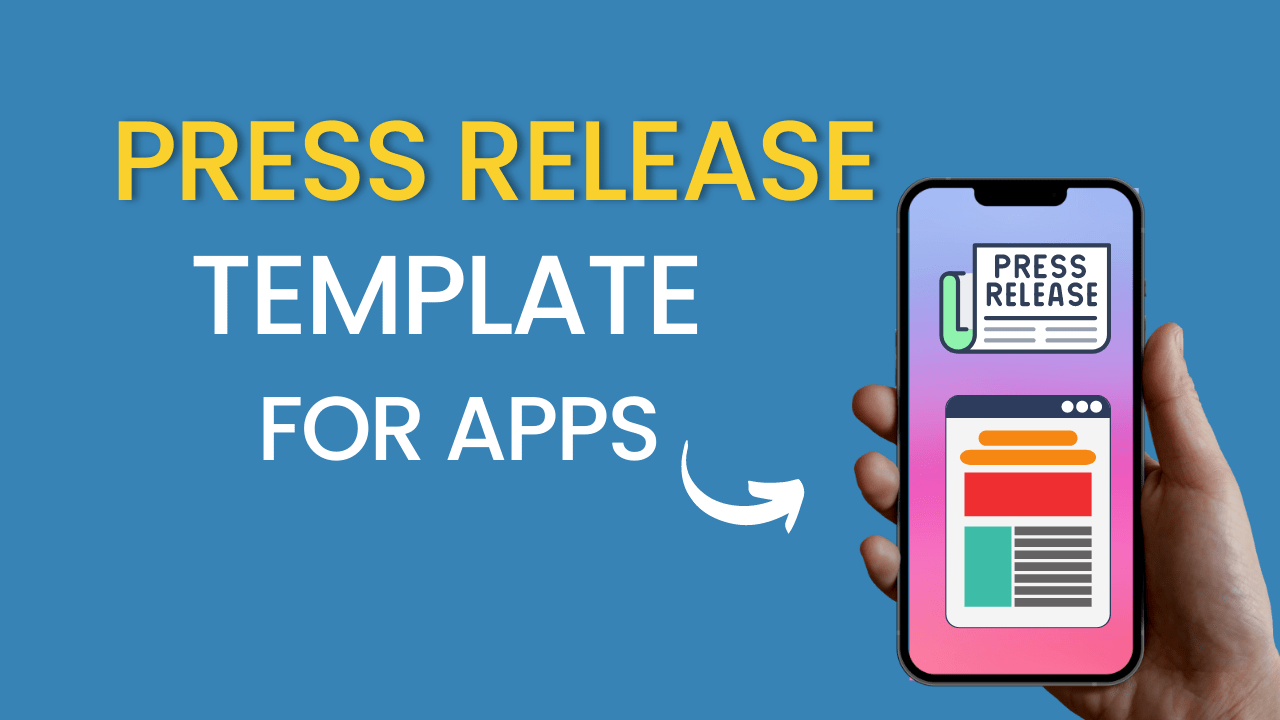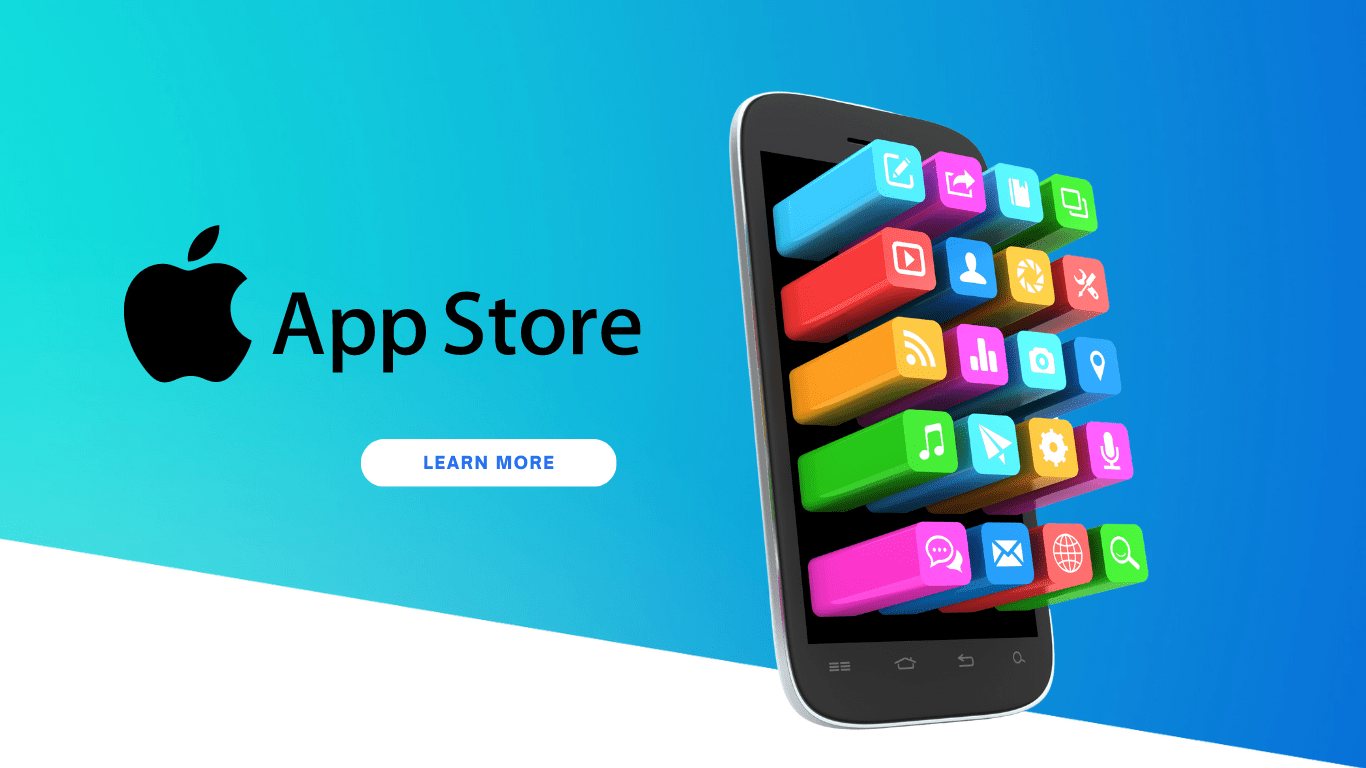- بريد إلكتروني:[email protected]
- هاتف:+1 (305) 340-3049
26 مارس

Are you curious about how successful mobile app marketers are leveraging data to drive growth in the rapidly evolving app economy? Qonversion’s groundbreaking research on in-app subscription benchmarks will reveal everything you need to know.
Unlocking Insights into the Mobile App Economy
Qonversion’s latest report provides valuable insights into the mobile app economy. Data collected from over 5,000 apps across 10 industries reveals key metrics such as install-to-trial conversion rates, trial-to-paid conversion rates, subscription cancellation rates, and revenue per paying user. This groundbreaking research serves as a benchmark for mobile app marketers, allowing them to make data-driven decisions and evaluate their performance in a rapidly evolving ecosystem.
Here are the key highlights from the report:
- The average install-to-trial conversion rate is 14%
- The average trial-to-paid conversion rate is 10%
- The average subscription cancellation rate is 15%
- The average revenue per paying user (ARPU) is $5.25
- The gaming industry has the highest ARPU, at $9.80, while the education industry has the lowest, at $2.60
App Subscription Insights and Recommendations
Qonversion’s report not only reveals key metrics for mobile app marketers to evaluate their performance but also provides actionable recommendations to optimize in-app subscription strategies.
The report suggests segmenting audiences, enhancing user experience, and experimenting with pricing models. However, it’s crucial to note that these strategies should only be implemented after achieving Product Market Fit (PMF) and establishing a sustainable volume of paying customers.
Once this is achieved, the focus should shift to maximizing revenue from existing customers through user research, analytics, and conversion rate optimization (CRO) activities. By understanding customer needs and preferences, app marketers can develop products or services that meet those needs and ultimately drive revenue growth.
Determine the Right Paywall Model for Your App
Paywall optimization is key to monetizing your content. Learn how to optimize your paywall strategy from Jake Mor of Superwall. He delves into the question that has been plaguing app developers for a long time: how many products should be shown on a paywall to optimize conversion rates? To help provide an answer, Jake analyzed conversion rate data for a variety of applications, taking into account the number of products displayed on each paywall.
After filtering for apps with at least 2 tests with different product quantities and including the top 15 largest apps with over 10,000 paywall views, Jake found that the conversion rate was 3.77%. He also found that offering more than one product on the paywall significantly impacted the conversion rate. In fact, when the data was segmented by the number of products in each paywall, Jake discovered that offering 2 products resulted in a 61% increase in conversion rate compared to 1 product, and offering 3 products resulted in a 44% increase in conversion rate compared to 2 products.
However, Jake stresses that this data does not take into account the visibility of multiple products for purchase, pricing, or subscription duration, which can greatly affect conversion rates. He also highlights the importance of considering the default selected product and the availability of trials for each product, as trial conversion rates and subscription retention rates can vary greatly.
Jake’s conclusion is that if money is needed to fuel ad spend or operating costs, it may be best to stick to one annual product to receive money upfront. On the other hand, if short-term growth wouldn’t be affected by deferring some revenue, offering more pricing options than one would result in a higher conversion rate in most cases. However, Jake warns that ensuring the lifetime value (LTV) of all the products is the same to avoid sacrificing long-term growth for short-term gains is crucial.
The Importance of Customer Segmentation for Apps
Customer segmentation is the process of dividing your target audience into smaller groups based on shared characteristics, such as demographics, behavior, or needs. By segmenting your audience, you can better understand their needs and preferences and develop targeted marketing and optimization strategies that are more likely to be effective.
Some best practices for customer segmentation include:
- Identifying your target audience: Start by defining your target audience and the characteristics that define them. Consider factors such as age, location, education, income, and behavior.
- Analyzing customer behavior: Use customer data and analytics to gain insights into customer behavior. Consider factors such as frequency of use, conversion rates, and engagement levels.
- Developing segments: Based on your findings, develop segments that represent different groups within your target audience. Make sure each segment is clearly defined and includes enough customers to be meaningful.
- Targeting segments: Develop targeted marketing and optimization strategies for each segment. Consider factors such as pricing, messaging, and user experience.
- Measuring results: Regularly measure the results of your segmentation efforts to determine their effectiveness. Consider factors such as conversion rates, churn, and customer satisfaction.
Improving Your App’s User Experience
The user experience (UX) is a critical factor in in-app subscription optimization. If users find your app confusing, difficult to use, or not providing the value they expect, they are likely to churn.
To improve the UX, you should start by conducting user research and analytics to gain a deep understanding of your users and their needs and preferences. This will help you identify areas for improvement and prioritize your UX optimization efforts. Some best practices for improving the UX include:
- Streamlining navigation: Make sure users can easily find what they are looking for within your app. A simple, intuitive navigation structure will help users feel more confident and engaged with your app.
- Enhancing the onboarding process: The onboarding process is a crucial part of the UX. Ensure users understand your app’s value and how to use it from the start. Consider providing interactive tutorials, helpful tips, and clear instructions to help users get started quickly and easily.
- Personalizing the experience: Personalization can improve the UX and increase engagement. Consider offering personalized recommendations, content, or features based on user behavior or preferences.
- Simplifying the subscription process: The subscription process should be as seamless and straightforward as possible. Make sure users understand the benefits of subscribing and provide clear instructions and explanations throughout the process.
- Providing ongoing value: Your app should continue providing value to users after subscribing. Regularly updating your app with new features, content, or other benefits will help keep users engaged and reduce churn.
Testing Different Pricing Models
Another key aspect of in-app subscription optimization is testing different pricing models to determine what works best for your app and audience. Some common pricing models include:
- Free trial: A free trial allows users to try your app before they buy. This can be a good way to build trust and encourage users to subscribe.
- Freemium: A freemium model offers a free basic version of your app, with premium features available for a fee. This can be a good way to attract a larger audience and increase conversion rates.
- Subscription: A subscription model requires users to pay a recurring fee for access to your app. This can be a good option for apps that offer ongoing value, such as music or video streaming services.
- One-time fee: A one-time fee requires users to pay a single fee for access to your app. This can be a good option for apps with a limited lifespan, such as productivity or travel apps.
When testing different pricing models, it’s important to consider the value your app provides, the needs and preferences of your target audience, and your overall business goals. You may also want to consider A/B testing different pricing models to determine which works best for your app and audience.
افكار اخيرة
The research conducted by Qonversion provides valuable insights for mobile app marketers on key metrics such as conversion rates and revenue per paying user. It is recommended to deeply understand customer needs and preferences and achieve product-market fit before implementing optimization strategies.
The research by Jake Mor of Superwall shows the impact of product offerings on conversion rates, with a focus on balancing short-term gains and long-term growth. The importance of customer segmentation and improving the user experience is also emphasized. Overall, the information provides a comprehensive understanding of the in-app subscription landscape and the key factors that drive success in this domain.
Need Help?
As a seasoned app marketing agency, I specialize in optimizing in-app subscriptions. With my expertise, I have assisted over 50 iOS and Google Play apps in achieving their marketing goals, including six top 100 apps in their categories. Let me help you drive more downloads and elevate your app’s marketing success. Schedule a complimentary consultation today to learn more about how my services can benefit your app’s marketing success.



جايسون باتانسكي